Chinese property developer paid $69.88 million to farming family for land for M9 orbital corridor
A CHINESE property developer has paid a farming family on the outskirts of Sydney $69.88 million to secure land it knew would benefit from the new M9 orbital corridor — before locals were made aware of the path it would take.
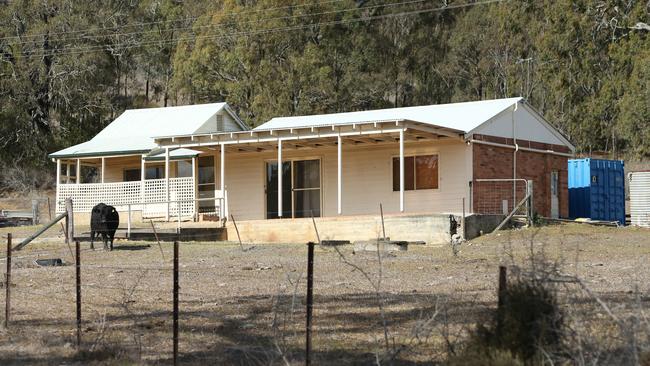
Project Sydney
Don't miss out on the headlines from Project Sydney. Followed categories will be added to My News.
A CHINESE property developer has paid a farming family on the outskirts of Sydney $69.88 million to secure land it knew would benefit from the new M9 orbital corridor — before locals were made aware of the path it would take.
Hong Kong-listed Country Garden, which is so big it almost bought out apartment giant Meriton three years ago, swooped on six parcels of land owned by 90-year-old Beryl Rofe and her family at Cawdor late last year. It immediately requested planners consider this land for special development consideration.
Country Garden’s total outlay of $85.4 million on Cawdor Rd makes it the owner of all but a few blocks on the rural valley road, spanning 364ha.
MORE: The 1000 homes in M9 bulldoze zone revealed
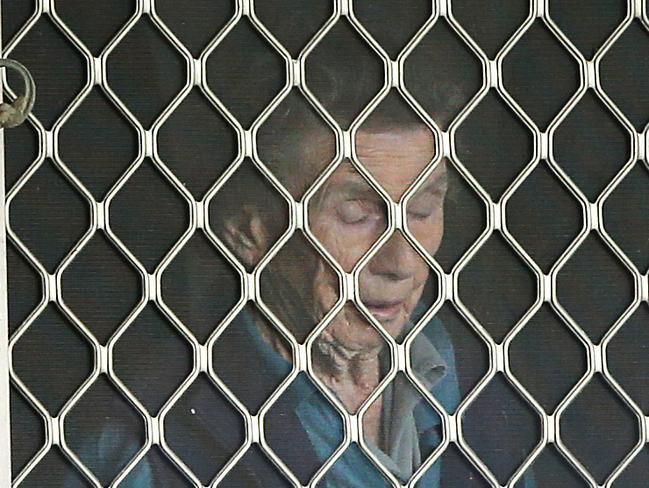
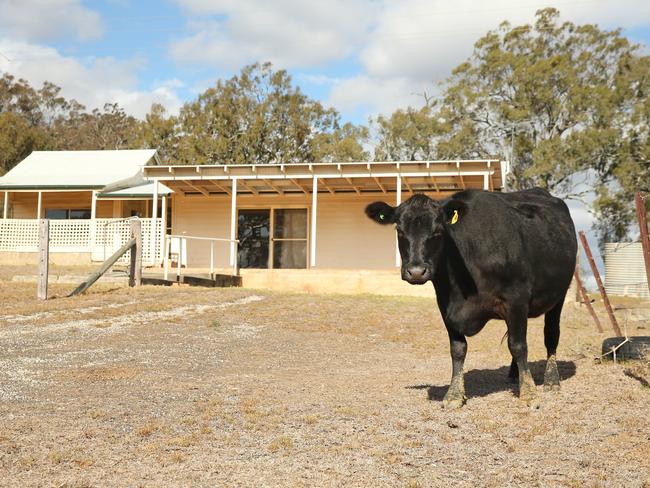
Three months before hundreds of semirural property owners were warned their houses would be acquired and knocked down if plans for a 200m-wide road and freight rail corridor are approved, the $30 billion company called on the Greater Sydney Commission to build an M9 interchange on its site.
If executed, the plan would ramp up the profit potential, by providing efficient transport links to Badgerys Creek to the north and Wollongong to the south.
OPINION: Sydney’s west paying up for planning failures
MORE: Countdown is on for Orbital submissions
MORE: Outer Sydney Orbital Action Group demand answers
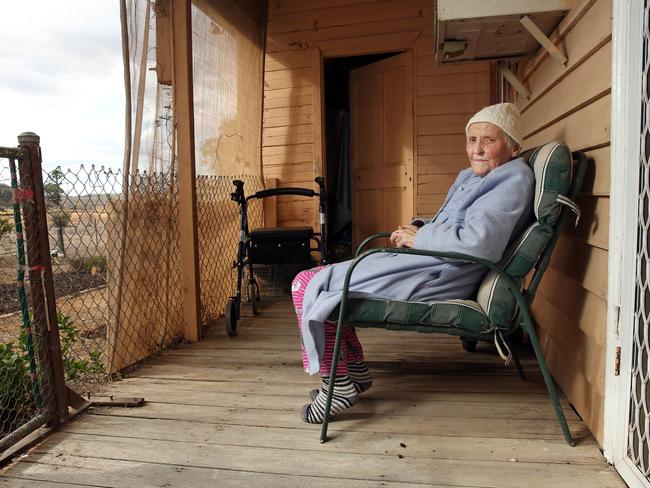
Mrs Rofe refused to discuss the sale when The Daily Telegraph visited last week.
But her tenant on one of the multimillion-dollar parcels, Judy Geelan, 92, said from the front veranda of her shack that she didn’t know how much the land was sold for or where the road would be built.
“I don’t know anything about it, only what I see on the news,” Mrs Geelan said.
Caught on the other side of the M9 divide and just a few minutes’ drive from Country Garden’s site are Matt and Aleena Wise and their children.
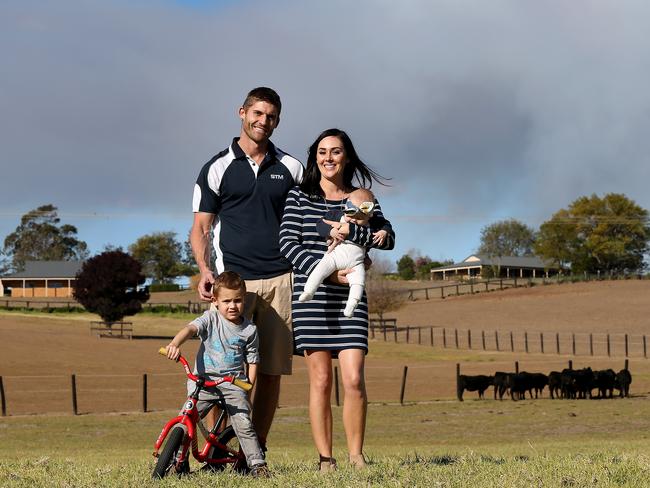

It took seven years to find their “forever home” and in 2015 they spent $4.05 million on 32ha which ticked all the boxes — room to park Mr Wise’s trucks and a small cottage for his parents.
When the proposed path of the M9 was unveiled on March 26 they found out via a letterbox drop that their house would be demolished.
“I was at home and no one knocked on the door. You do a letterbox drop for a power outage, you don’t do a letter box drop for something so huge,” Mrs Wise said. “We were gutted.”
Country Garden declined to answer questions about what it knew of the path of the road when it purchased the land, nor would it reveal plans for the site.
“We are currently in the very early stages of collaborating with the Greater Sydney Commission and other relevant statutory planning authorities to explore options for residential development on the site,” it said in a statement.
In its submission to the commission on December 15 — a full three months before the government revealed the road’s proposed path — Country Garden began lobbying for an M9 interchange on its site: “The current alignment of the M9 Orbital is anticipated to pass through the northeast corner of the site, with potential for an interchange at Remembrance Drive … Access to this major infrastructure will provide future residents of the Cawdor site direct access to employment opportunities at the Western Sydney Airport and south at Wollongong.”

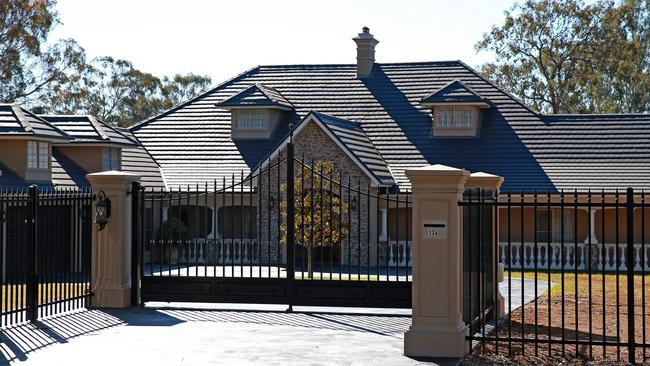

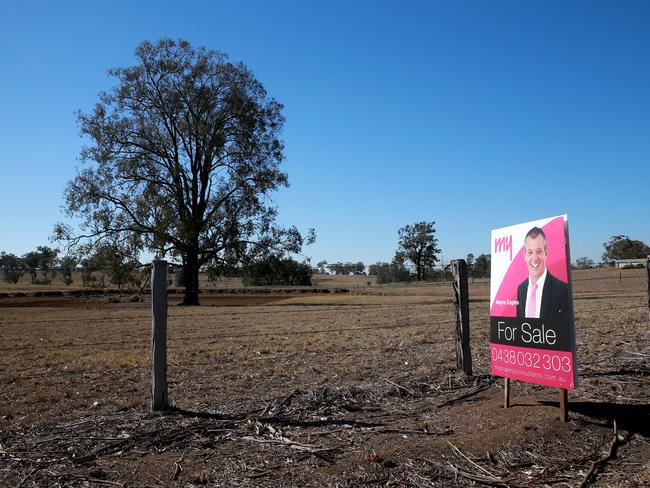
It asked for the site to be recognised under the accelerated development guidelines of the commission’s Regional and District Plan, which provide for higher density homes to meet the needs of a growing population.
Other developers hoping to cash in on the residential development opportunities that the M9 will bring have joined the land grab, with farmers and rural land owners being offered tens of millions to part with their property.
The proposed path of the road carves through hundreds of existing rural homes but manages to avoid vacant land ripe for development, including a large parcel owned by the government’s own roads department near the end of the proposed corridor at Douglas Park.
